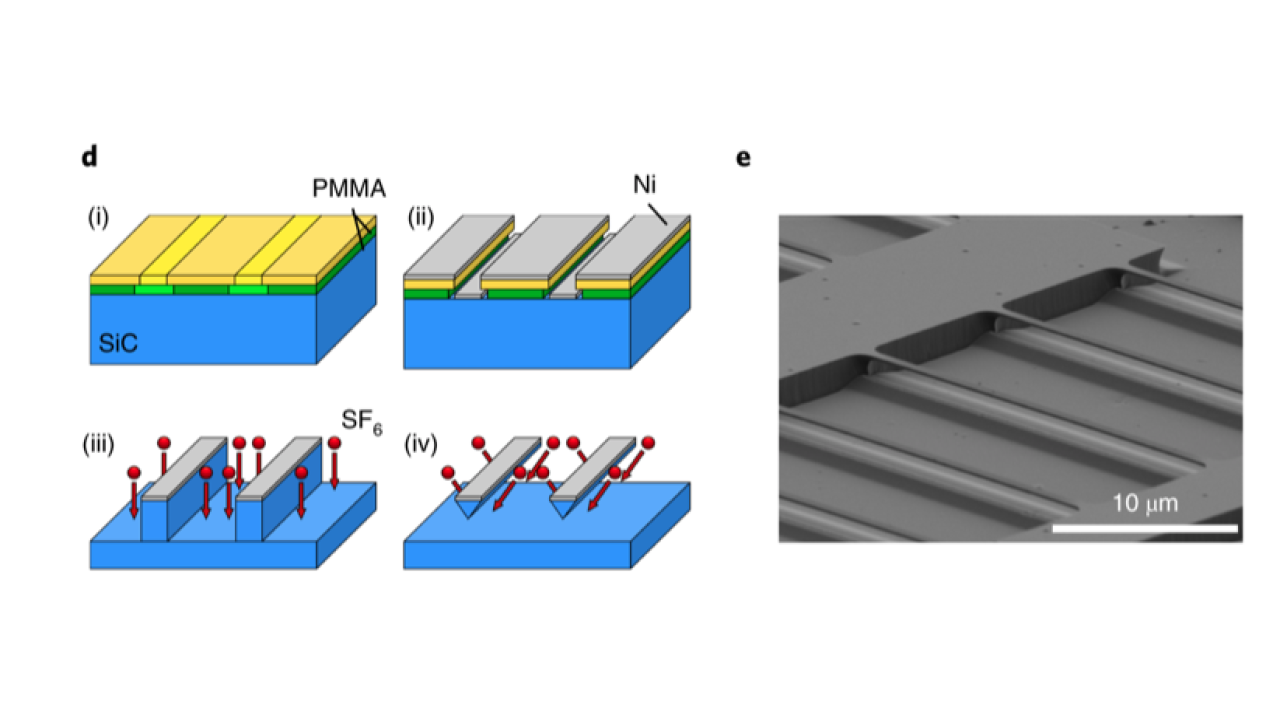
Color Centers for Quantum Networking Devices
Originally posted by UC Davis Egghead.

Quantum computing technology is moving closer to wide application as a result of research published Nov. 18 in Nature Materials. An international collaboration, including Marina Radulaski, assistant professor in the UC Davis Department of Electrical and Computer Engineering, showed how tiny defects in silicon carbide called color centers could be used to construct quantum networking devices that can translate signals between photons and electronic spin.
Quantum computing is based on representing information as “Qubits” that can have values of one or zero simultaneously. It could make possible computers far more powerful than conventional digital computers at least for some types of tasks. Currently quantum computers are limited by the types of materials available to build and network them.
Radulaski and UC Davis graduate students Sridhar Majety and Pranta Saha collaborated with scientists in Germany, Japan and Sweden on the work. The project was led by Florian Kaiser at the University of Stuttgart.
Defects in silicon carbide
“This project is a part of our team’s research on triangular quantum photonics in silicon carbide,” Radulaski said. “One of our goals is to develop a quantum repeater, a key element in spanning quantum communication to long distances. Our result shows that optical and spin properties of silicon carbide color centers are preserved after integration into a triangular waveguide, which can efficiently guide emitted light through a single optical mode.”
Color centers are defects in the structure of silicon carbide that allow photons to interact with electronic spin properties of the material. Their integration with waveguides, devices that guide light, can be used to connect operations across a quantum processor.
Triangular devices are suitable for integrating the color centers in a scalable way, required for engineering large scale quantum systems, Majety said.
“Through this work, we understood the limits of the emitter positioning inside the triangular devices and showed that the defects can be integrated without significantly deteriorating their prospects for quantum applications,” he said.
The work was partly supported by a NSF CAREER grant to Radulaski.
More information
Fabrication and nanophotonic waveguide integration of silicon carbide colour centres with preserved spin-optical coherence (Nature Materials)




